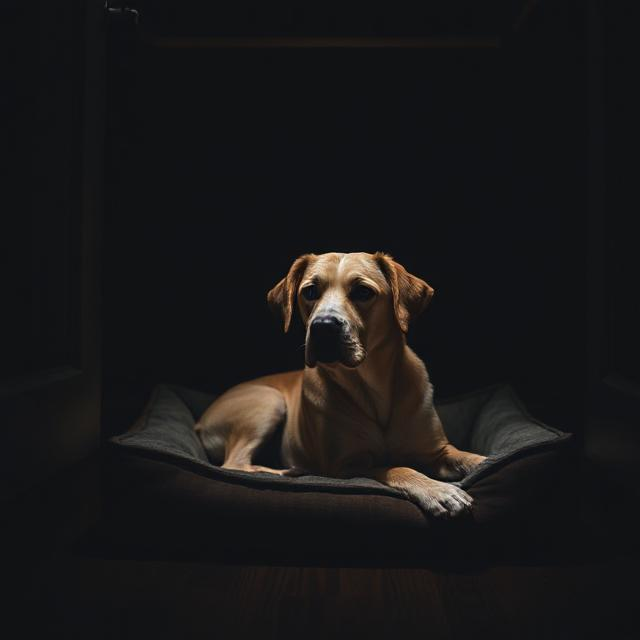
Dogs have been companions to humans for thousands of years and their behaviors often reflect a blend of their evolutionary history, biological makeup, and individual experiences. Among the intriguing behaviors observed in dogs is their apparent preference for dark, enclosed spaces such as caves, basements, closets, or simply dark rooms within homes. Here are 9 Reasons why dogs enjoy dark spaces
1. Evolutionary Heritage
Dogs are descendants of wolves, which are wild animals that naturally seek shelter in caves, dens, and burrows. These environments provide safety from predators, protection from harsh weather, and a secure place to rest or raise their young. This ancestral behavior influences modern dogs, who may instinctively find comfort in enclosed, dark spaces that resemble their natural dens.
2. Sensory Preferences
Dogs have highly developed senses—especially their sense of smell and hearing—that make dark environments appealing. Caves and dark rooms can amplify scents and sounds, making these spaces intriguing for dogs to explore and investigate. Additionally, the reduced visual stimuli in dark areas can be calming for dogs sensitive to bright lights or rapid movements.
3. Safety and Security
Enclosed spaces can offer a biological sense of security. Dogs have a natural instinct to seek out safe zones where they feel protected from potential threats. Darkness and enclosed spaces may serve as a biological cue for safety, especially if the dog has experienced trauma or feels overwhelmed in open or noisy environments.
4. Exploration and Curiosity
Dogs are naturally curious creatures. They explore their environment through sniffing, pawing, and sometimes entering confined spaces. Caves and dark rooms offer novel scents and textures, stimulating their curiosity. The act of investigation is reinforced by their desire to understand their surroundings and find interesting smells or objects.
5. Comfort and Rest
Many dogs find dark, quiet areas to be ideal spots for resting, sleeping, or hiding away. These spaces can serve as a retreat from the chaos of a busy household or a stressful situation. Behavioral tendencies such as seeking out a cozy corner or hiding spot are reinforced when dogs find comfort in these environments.
6. Territorial Behavior
Some dogs develop a sense of territory and may prefer to establish a personal space where they feel in control. Dark rooms or caves can serve as personal dens where they can retreat and feel ownership, which is a natural and adaptive behavior.
7. Stress Relief and Anxiety Reduction
Dark and enclosed environments can have a calming effect on dogs, especially those prone to anxiety or stress. The darkness reduces visual stimuli that might be overwhelming, helping to soothe their nervous system. For dogs with separation anxiety or noise phobias, caves and dark rooms can provide a sense of security.
8. Comfort from Routine and Association
Dogs are creatures of habit. If a dog has been conditioned or has learned to associate certain dark spaces with positive experiences—such as rest, safety, or being left alone for a period—they may develop a preference for these environments. Over time, this association reinforces their enjoyment of caves and dark rooms.
9. Sensory Deprivation and Relaxation
Some dogs seek out sensory deprivation as a form of relaxation. Darkness can diminish sensory input, creating a calming effect like human meditation or rest. Dogs may find that dark rooms help them unwind, especially after stimulating activities or stressful events
Dogs’ love for caves and dark rooms is rooted in their evolutionary history, biological senses, behavioral tendencies, and psychological needs. These environments provide a sense of safety, comfort, and stimulation that aligns with their natural instincts and individual preferences. Recognizing these factors can help dog owners create safe, enriching environments that cater to their pet’s comfort and well-being.
Understanding why dogs gravitate toward dark, enclosed spaces not only deepens our appreciation of their behavior but also guides us in providing environments that support their mental and physical health. Whether as a refuge, exploration site, or a calming retreat, caves and dark rooms hold a special appeal for our canine companions.

